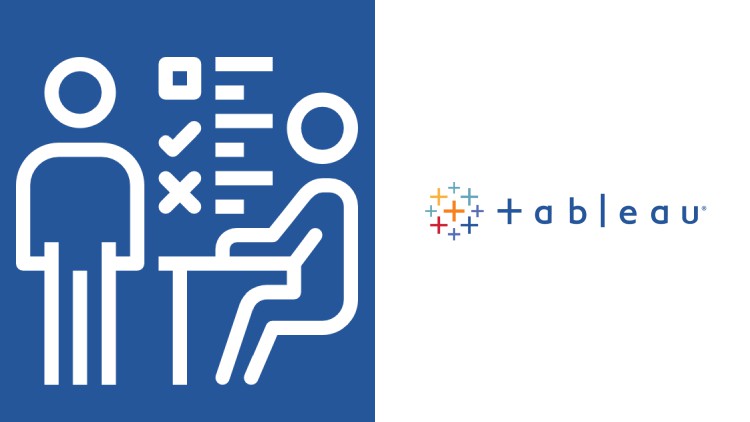
Tableau Interview Questions and Answers Preparation Practice Test | Freshers to Experienced | Detailed Explanations
What you will learn
In-depth Understanding of Tableau’s Features and Functions
Proficiency in Data Visualization Techniques
Skills in Data Analysis and Business Intelligence
Preparation for Tableau Interviews and Certification Exams
Why take this course?
It seems like you’ve provided a detailed explanation of how to use practice test questions for Tableau to prepare for interviews or assessments. This approach is indeed effective as it simulates the testing environment and helps candidates identify areas where they need improvement. By focusing on understanding the core functionalities, best practices, and advanced features of Tableau, users can enhance their data analysis and visualization skills, which are highly valued in the job market.
To reiterate, practicing with questions that cover a range of topics—from basic functions to complex analytical techniques—can greatly increase one’s confidence and performance in real-world scenarios. This method of learning by doing is particularly effective for subjects like Tableau, which are deeply rooted in data manipulation and visual storytelling.
If you’re looking to further your preparation or create a practice test similar to the one described, here are some steps you can follow:
- Identify Key Areas: Determine the core areas of Tableau you need to master, such as data modeling, calculations, visualization techniques, and dashboards.
- Gather Questions: Collect practice questions that cover all aspects of Tableau, including basic operations, advanced analytics, best practices, and real-world applications.
- Create a Test Format: Design a test format that mimics the actual interview or assessment environment. This could include timed sections, a variety of question types (multiple-choice, short answer, interactive tasks), and a mix of difficulty levels.
- Review Answers and Explanations: For each question, provide a clear and concise explanation of the correct answer. This will not only help in understanding the concept but also reinforce learning through teaching.
- Iterate and Adapt: As you progress, refine your test by adding new questions, removing outdated ones, and ensuring that it aligns with the latest Tableau features and best practices.
- Practice Regularly: Consistency is key in learning any skill. Regularly practicing with these questions will help you become proficient and confident in using Tableau.
- Seek Feedback: If possible, have a seasoned Tableau professional review your test and provide feedback on its content and difficulty level.
- Evaluate Performance: After taking the practice test, evaluate your performance to identify strengths and weaknesses. Use this information to focus your learning efforts where they are most needed.
- Stay Updated: Keep the test updated with the latest features and changes in Tableau to ensure that it continues to be a useful tool for preparation.
By following these steps, you can create an effective practice test that will help you or others prepare for success in Tableau interviews and assessments. Remember, consistency, understanding, and practical application are the keys to mastering any software, including Tableau.